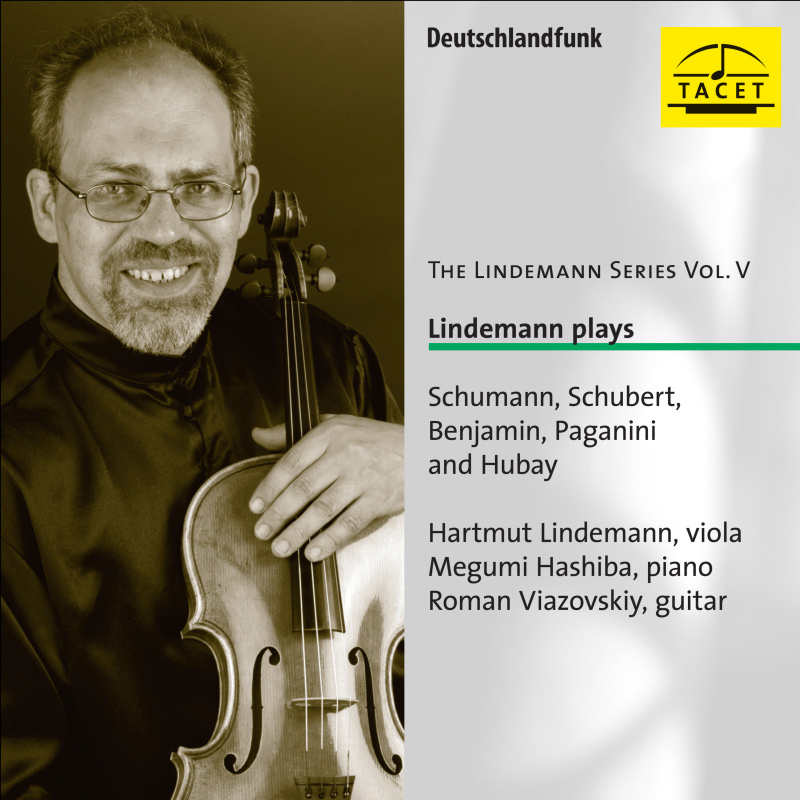Logowanie
Dlaczego wszystkjie inne nie brzmią tak jak te?
Chai Lang, Fan Tao, Broadcasting Chinese Orchestra
Illusive Butterfly
Butterly - motyl - to sekret i tajemnica muzyki chińskiej.
SpeakersCorner - OSTATNIE!!!!
RAVEL, DEBUSSY, Paul Paray, Detroit Symphony Orchestra
Prelude a l'Apres-midi d'un faune / Petite Suite / Valses nobles et sentimentales / Le Tombeau de Couperin
Samozapłon gwarantowany - Himalaje sztuki audiofilskiej
PROKOFIEV, Stanislaw Skrowaczewski, Minneapolis Symphony Orchestra
Romeo and Juliet
Stanisław Skrowaczewski,
✟ 22-02-2017
BARTOK, Antal Dorati, Philharmonia Hungarica
Dance Suite / Two Portraits / Two Excerpts From 'Mikrokosmos'
Samozapłon gwarantowany - Himalaje sztuki audiofilskiej
ENESCU, LISZT, Antal Dorati, The London Symphony Orchestra
Two Roumanian Rhapsodies / Hungarian Rhapsody Nos. 2 & 3
Samozapłon gwarantowany - Himalaje sztuki audiofilskiej
Winylowy niezbędnik
ClearAudio
Cartridge Alignment Gauge - uniwersalny przyrząd do ustawiania geometrii wkładki i ramienia
Jedyny na rynku, tak wszechstronny i właściwy do każdego typu gramofonu!
ClearAudio
Harmo-nicer - nie tylko mata gramofonowa
Najlepsze rozwiązania leżą tuż obok
IDEALNA MATA ANTYPOŚLIZGOWA I ANTYWIBRACYJNA.
Wzorcowe
Carmen Gomes
Celebrating the art and spirit of music - vol. 5 - Reference Songs
- CHCECIE TO WIERZCIE, CHCECIE - NIE WIERZCIE, ALE TO NIE JEST ZŁUDZENIE!!!
Petra Rosa, Eddie C.
Celebrating the art and spirit of music - vol. 3 - Pure
warm sophisticated voice...
SAMPLER - STS DIGITAL, Gregor Hamilton
Celebrating the art and spirit of music - vol. 2 - Love songs from Gregor Hamilton
...jak opanować serca bicie?...
SAMPLER - STS DIGITAL
Celebrating the art and spirit of music - vol. 1 - Leonardo Amuedo
Największy romans sopranu z głębokim basem... wiosennym
Lils Mackintosh
Celebrating the art and spirit of music - vol. 4 - A Tribute to Billie Holiday
Uczennica godna swej Mistrzyni
SCHUMANN, SCHUBERT, BENJAMIN, PAGANINI, Hartmut Lindemann
Lindemann plays
- 1 Sonate d-Moll für Violine und Klavier op. 121 Einrichtung der Violastimme: Ziemlich langsam - lebhaft Robert Schumann (1810 - 1856) 11:24
- 2 Sehr lebhaft Robert Schumann (1810 - 1856) 4:26
- 3 Leise, einfach Robert Schumann (1810 - 1856) 5:23
- 4 Bewegt Robert Schumann (1810 - 1856) 7:47
- 5 Sonate a-Moll für Arpeggione und Klavier D 821 Allegro moderato Franz Schubert (1797 - 1828) 8:20
- 6 Adagio Franz Schubert (1797 - 1828) 3:51
- 7 Allegretto Franz Schubert (1797 - 1828) 8:55
- 8 Sonata for viola and pianoforte Elegy. Adagio e mesto Arthur Benjamin (1893 - 1960) 7:23
- 9 Waltz. Quasi improvisatore Arthur Benjamin (1893 - 1960) 6:05
- 10 Toccata. Allegro ma non troppo Arthur Benjamin (1893 - 1960) 4:28
- 11 Caprice no. 9 Allegretto Niccolò Paganini (1782 - 1840) 3:35
- 12 Der Zephir Jenö Hubay (1858 - 1937) Günther Herzfeld 3:37
- Hartmut Lindemann - violin
- SCHUMANN
- SCHUBERT
- BENJAMIN
- PAGANINI
Hartmut Lindemann very rarely records a CD. This new one is only his fifth in fifteen years, anxiously awaited by his fans. The meticulous care he devotes to the production is all the greater. He structures his programmes as recitals in the old-fashioned sense, varied collections of witty, sensitive and virtuoso pieces; so it is no surprise that when he is asked about his artistic roots he only mentions a few role models from the early twentieth century. He plays the Arpeggione Sonata with guitar accompaniment instead of piano. This is not surprising, as the work was not composed for the viola, but for the arpeggione with piano. And his rendering of Schumann’s D Minor Sonata is most unusual when played on a viola. This recording must surely overshadow many a violin version. The recital is rounded off by a little recording of Hubay’s Zephyr, written in 1982.
 Pforzheimer Zeitung (06/30/2008):
Pforzheimer Zeitung (06/30/2008):
 The Strad (05/01/2008):
The Strad (05/01/2008):
 Audiophile Audition (www.audaud.com) (04/28/2008):
Audiophile Audition (www.audaud.com) (04/28/2008):
 Partituren 16/2008 (04/01/2008):
Partituren 16/2008 (04/01/2008):
 pizzicato (02/01/2008):
pizzicato (02/01/2008):
 www.klassik-heute.de (01/08/2008):
www.klassik-heute.de (01/08/2008):
Höchstnote 10 für künstlerische Qualität und Klangqualität
So unverzichtbar sie im Quartett und im Orchester ist – als Solo-Instrument ist die Viola oder Bratsche (abgeleitet von „Viola da braccio“) nach wie vor ein Exot. more...























